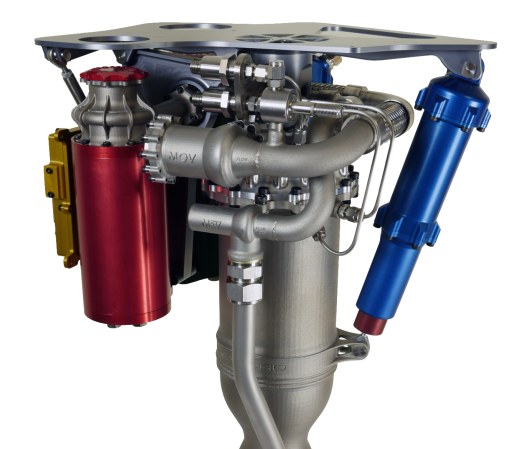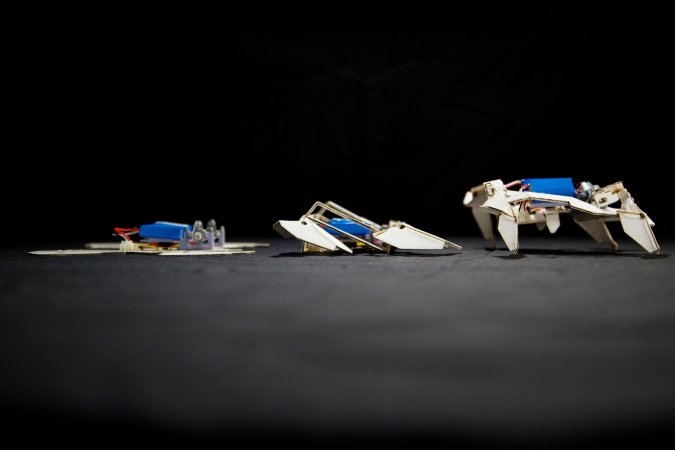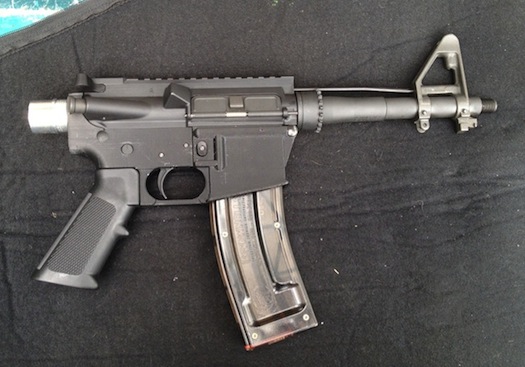

NASA is experimenting with small space cameras made almost entirely of 3-D printed parts. One experimental telescope, sized to fit inside a four-inch CubeSat, will likely be finished this September, according to the agency. The telescope will then undergo vacuum and vibrational testing, but there are no immediate plans to send it into space. Perhaps future generations of 3-D printed space cameras will make the journey.
The technology they’re using is a bit different from the 3-D printing you might be familiar with if you’ve used consumer printers. Home desktop 3-D printers usually exude plastic from a nozzle that moves around. In this case, the telescope will be made from powdered aluminum and titanium that a mobile laser sets into a solid. Like 3-D printing with exuded plastic, the pieces are built layer by layer, from the bottom up.

The advantage of making telescope parts this way is that the printer is able to form several parts as one solid piece. A telescope made with 3-D printing could have five to 10 times fewer parts than one made by shaping solid metal with mills and lathes, according to NASA. Fewer parts means a more stable instrument.
Engineer Jason Budinoff is designing the camera under construction now. While most of it will be 3-D printed, it will still have conventionally-manufactured mirrors and lenses. He’s working on a technique to make mirrors from laser-set aluminum powder. He’s also putting together a larger 3-D printed imaging telescope that’s about 14 inches in length, compared to the CubeSat camera’s 2-inch size. That’s about the size of typical space cameras today.














